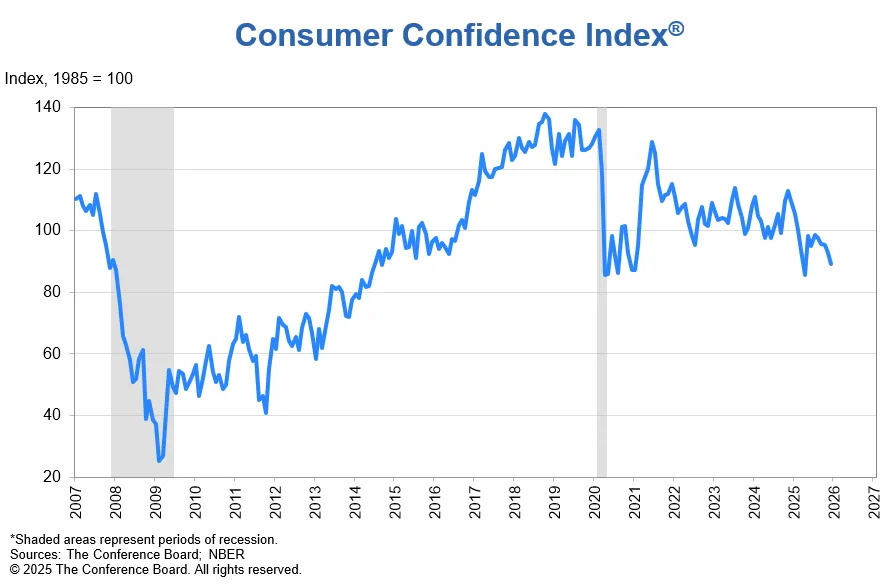
3 Ways Trump Signing the GENIUS Act Could Impact the Price of Crypto
Key Points
- GENIUS Act Signed into Law: On July 18, President Donald Trump signed the Guiding and Establishing National Innovation for U.S. Stablecoins (GENIUS) Act, marking the first significant cryptocurrency legislation in the U.S.**
- Regulation of Stablecoins: The Act focuses on stablecoins, requiring federal oversight for issuers, equal backing in liquid assets, and regular public disclosures for audits.**
- Market Impact: The stablecoin market cap has surged by $4 billion since the Act's signing, with potential for further growth as banks and payment platforms integrate stablecoins.**
- Mixed Reactions: While seen as governmental validation, some critics argue the regulation undermines crypto's decentralization, and prices could still fall due to market sentiment.**
- Future Uncertainty: The broader impact on the crypto market remains unclear, hinging on how the industry adapts to increased regulation.**
Summary
On July 18, President Donald Trump signed the GENIUS Act into law, marking the first major U.S. legislation on cryptocurrency, specifically targeting stablecoins—digital currencies pegged to stable assets like the U.S. dollar. As reported by CoinDesk, the Act introduces federal oversight for stablecoin issuers, mandating equal backing in liquid assets and regular public disclosures for audits. It also establishes a regulatory framework involving state and federal bodies. The legislation has already spurred a $4 billion increase in stablecoin market capitalization, per AInvest, and is viewed as governmental validation of crypto, potentially driving further adoption by banks like Bank of America and JPMorgan. However, critics, as noted by CNBC, argue that increased regulation may compromise crypto’s decentralized ethos, deterring some investors. Fidelity warns that while regulations might curb fraud, they cannot shield against negative market sentiment, leaving price impacts uncertain. The Act’s long-term effect on the broader crypto market remains unclear, dependent on industry adaptation to this new regulatory landscape.
yahoo
July 27, 2025
Crypto


